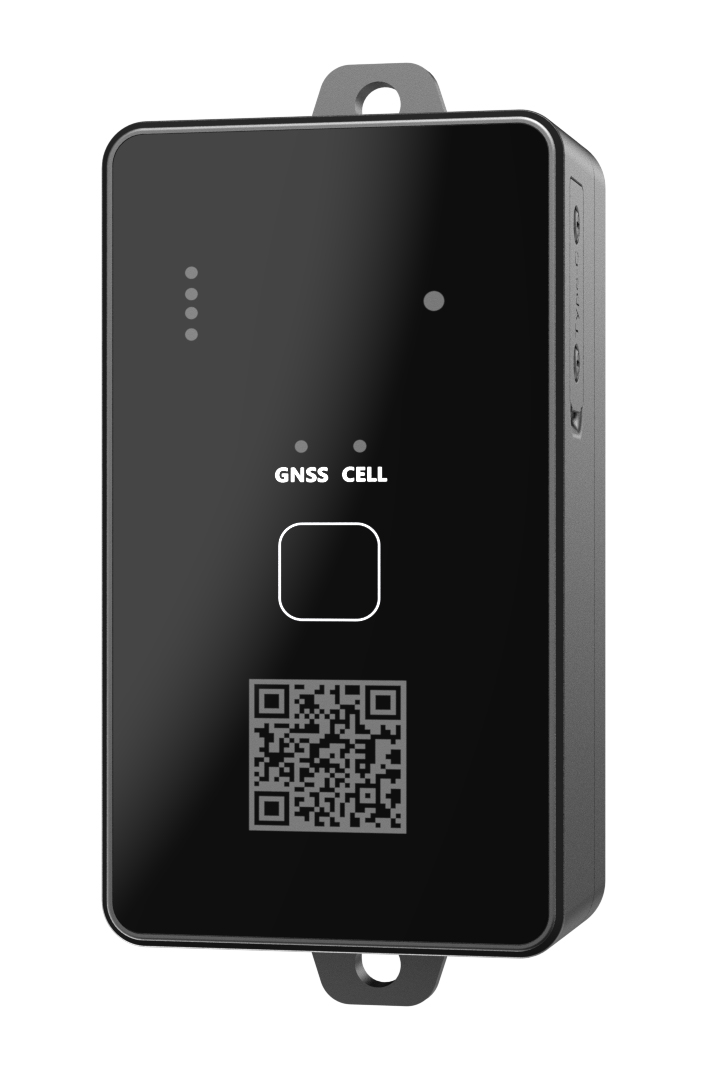Transportation
Helping you build a smart transportation solution to cut congestion and pollution

IoT technology company Jimi IoT has launched a portable asset location terminal designed for heavy vehicle, cargo, and asset management. The ‘LL701’ long standby asset tracker is IP67-rated for operating in harsh environments and can help fleet managers effectively reduce fleet management costs by monitoring idle time, optimizing fleet use, and eliminating unlawful vehicle usage. The device’s light sensor also prevents tampering, as an alarm will activate if disassembly is attempted.
The LL701 includes three modes: ‘standby’ (which reduces power consumption by only reporting positioning information once every 24 hours), ‘tracking’ (which is used when an item needs to be located immediately, transmitting the location every 60 seconds), and ‘recovery’ (which can be activated when the device is not in use). The tracking and transmission capability is enabled by Nordic Semiconductor’s nRF9160 low power SiP with integrated LTE-M/NB-IoT modem with GNSS. The nRF9160 SiP combines cellular network location data with GNSS trilateration for precise position monitoring.

“The cellular connectivity is key to this solution, as it provides a robust remote connection to the server,” says Sam Huang, Product Manager at Jimi IoT. “Once the positioning information from the LL701 has been transmitted, it can then be distributed to various management and business interfaces.”
The LL701 can be powered by either one, two, or three CR123A batteries. This means if the application requires a shorter working time, the user can insert fewer batteries, reducing waste. Using three batteries, the device can function for up to five years between replacement, depending on the mode. Alternatively, it can be attached to an external 5 V DC battery to extend its working time, and will automatically switch to battery power once the external power supply is removed.
“The low power consumption was the main reason why we chose the nRF9160 SiP,” Huang says. “The PSM and eDRX power saving modes enable the device to sleep for extended periods of time, which helps save power, especially in standby mode.” For both LTE-M and NB-IoT the PSM floor current of the nRF9160 SiP is as low as 2.7 µA, and with an eDRX interval of 655 s the average current is 6 µA for LTE-M and 9 µA for NB-IoT.
“We used the Nordic nRF Connect Software Development Kit [SDK] when developing our application,” says Huang. “Nordic’s excellent technical service and fast response times were very helpful during the development process.”
Helping you build a smart transportation solution to cut congestion and pollution